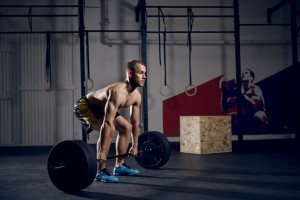Posted on January 03, 2016 by Jenny Cromack
Despite the snatch being a great exercise for developing power, rate of force development, and posterior strength few exercisers fully utilise the exercise due to its complexity in nature.
Although the lift is complex to master, it is well worth the investment of time. Literature examining the snatch has demonstrated a common movement pattern present in amateur and elite weightlifters – the knee completes an extension, flexion, extension.
The first knee extension is named the first pull, the knee flexion refers to the transition from the first pull to the second pull, and the second knee extension is named the second pull. For a successful lift the second knee extension should be faster than the first.
During the first pull and transition phase the bar is pulled upwards and towards the body, during the second pull the bar is moved away from the body. Deviations however from a vertical line should be kept as low as possible. Sounds easy? Well, recent research has examined kinematic factors that separate successful from unsuccessful snatch attempts. The research seems to suggest the key may lay in correct alignment and force application during the first pull. In the study no significant differences were observed in any kinematic variable, including:
- relative position of the joints to the barbell
- vertical linear velocity
- barbell displacement
- angular velocities at the ankle, knee and hip joints


